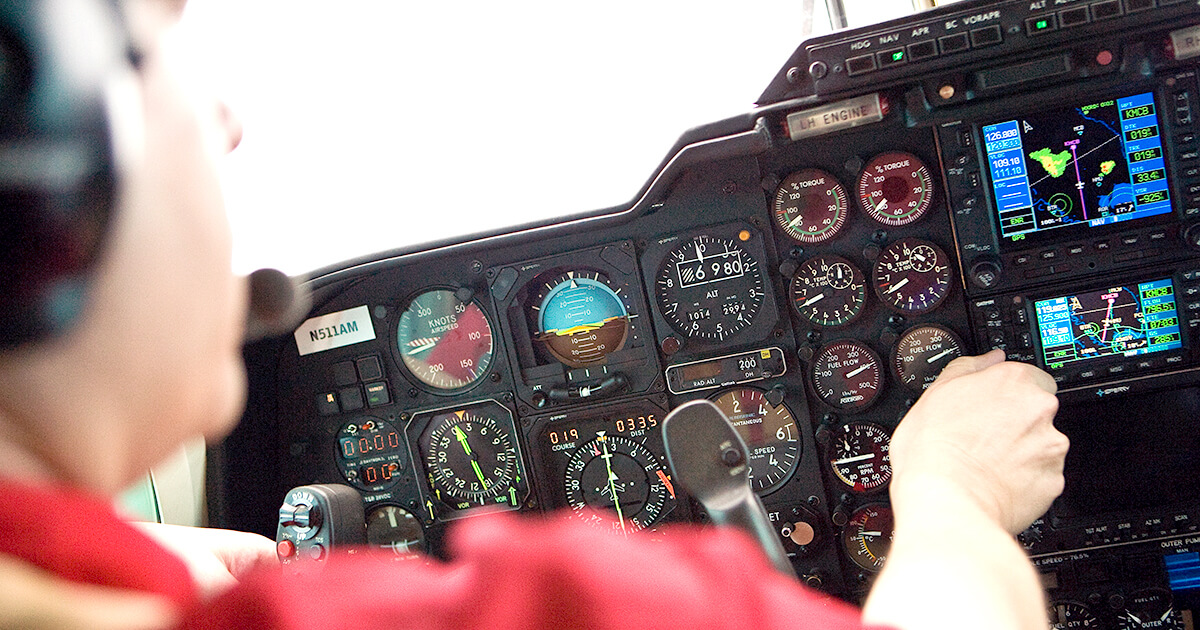
Oct. 28, 2020
In the recent NBAA webinar ,“Making Tough Calls in the Interest of Safety,” industry veterans Sonnie Bates, CAM, chief executive officer at Wyvern Ltd., and Brad Lindow, CAM, captain at Solairus, shared their advice on making difficult go/no-go decisions and sharing those decisions with passengers.
Their top tips include:
- Set expectations with passengers early
- Have written policies and procedures to back up your decisions
- Minimize the use of aviation acronyms when talking with passengers
- Offer options and allow passengers to choose
- Be empathetic but confident
- Present a unified front so crewmembers have same message
Lindow suggested setting expectations with principals and passengers early in your relationship and revisiting those expectations regularly, particularly as seasons change. For example, with winter approaching, now is a good time to discuss weather impacts on flights, including additional time needed to deice and the possible need to use alternate airports.
“Let passengers know as soon as possible a situation is developing and you’ll get back with them with options. Then go work on your options,” Lindow said. Early notification sets the expectation that a change to a trip might be necessary, but offering multiple options lets the passengers retain some control.
When talking with passengers, Lindow said, “Be respectfully general. Passengers are pretty bright, so you won’t be able to wiggle around details, but keep it simple.”
Bates encouraged pilots and operators to document their policies and procedures and to implement a formal safety management system (SMS) to help identify and mitigate risk. He explained when the SMS concept was introduced in the aviation industry, many people thought it would become a reason to say ‘no’ to a flight.
“SMS can help you say ‘yes’ more than ‘no’,” Bates said. “SMS gives pilots analytics and tools to make difficult decisions and mitigate risk.”
Also, panelists said that a key aspect of professionalism is admitting you made a mistake and figuring out how to avoid that error in the future.
“Don’t [try and fool] your passengers,” Bates said. “They’ll see right through that.”


 International Business Aviation Council Ltd.
International Business Aviation Council Ltd.